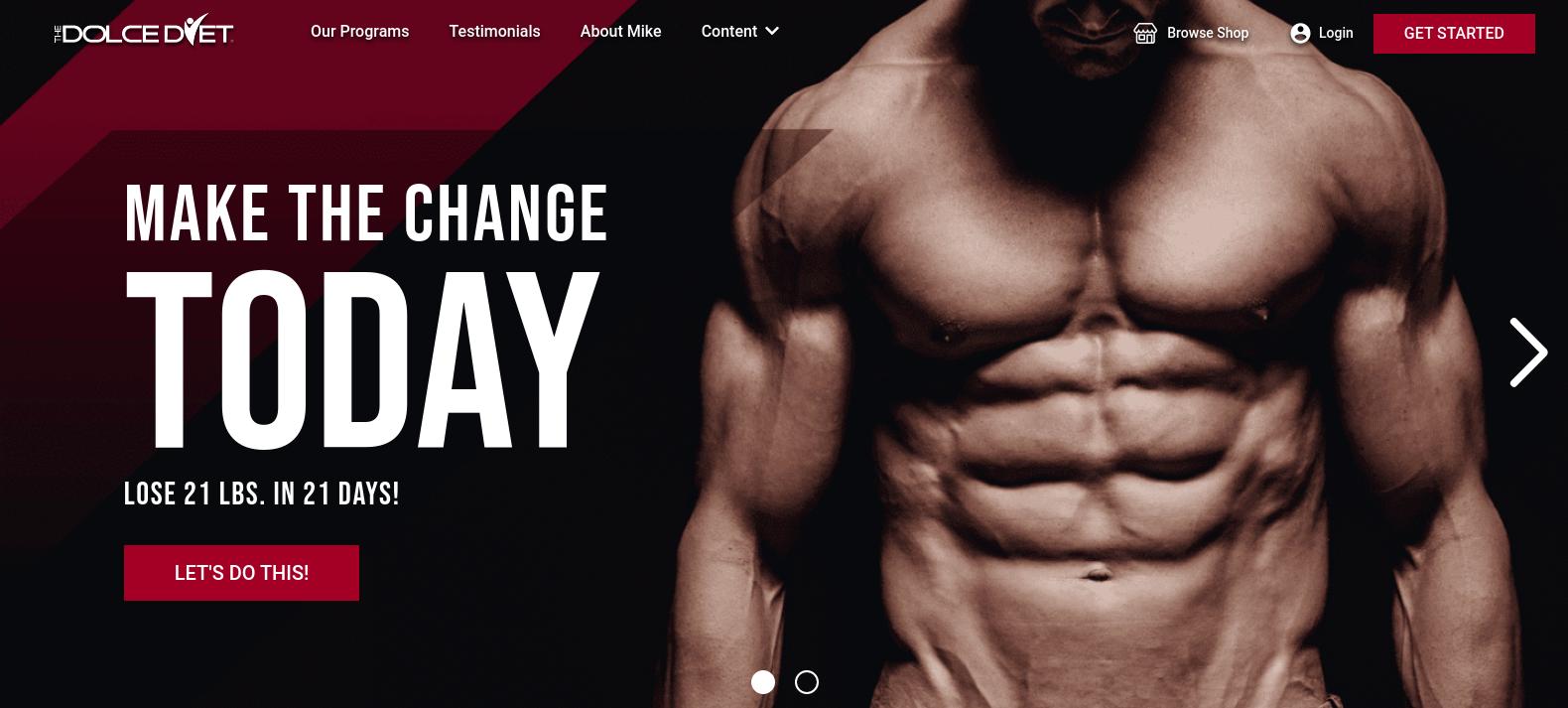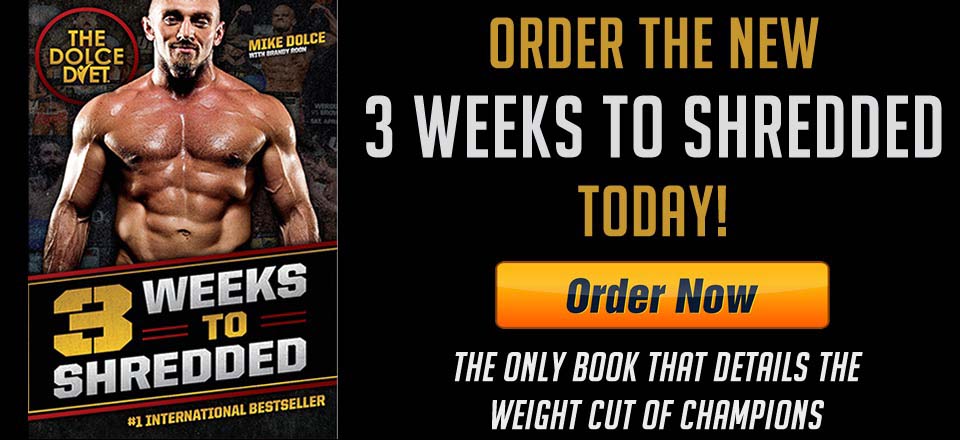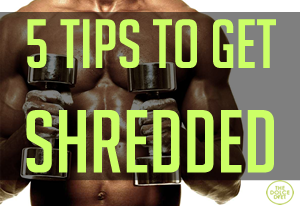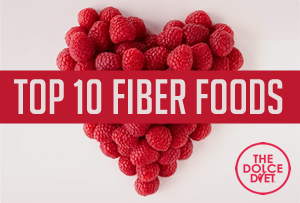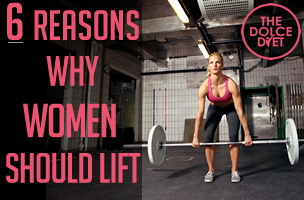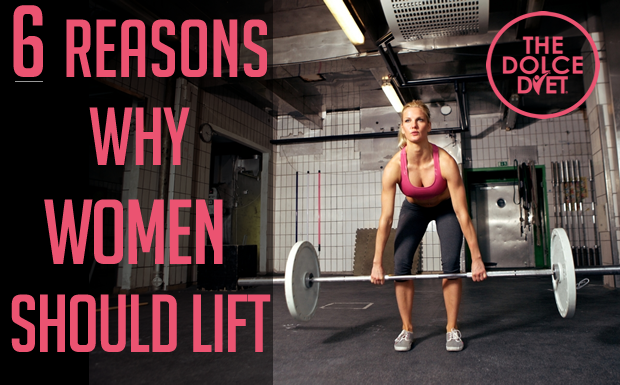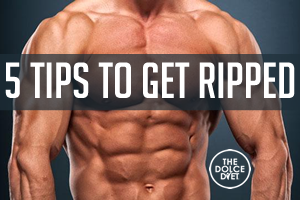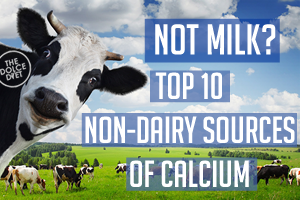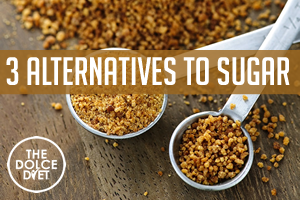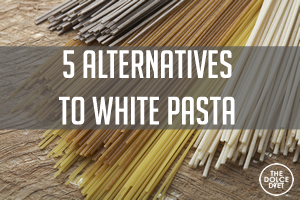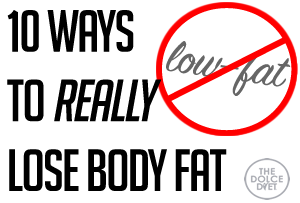
DOLCE LIFESTYLE: 10 Ways To Actually Lose Body Fat
DOLCE LIFESTYLE:
10 Ways To Actually Lose Body Fat
by Samantha Coogan, MS, RDN, LD
Before just blurting out that you need to lose fat, you need to understand the importance of fat. Everyone needs some fat on their bodies for various functions, such as insulation, regulation of body temperature, proper nervous system function and protection of organs. Most people tend to have trouble spots in the abdominal region, known as visceral fat, and this is the type you really need to monitor and reduce as it is associated with an increased mortality and could invade your organs. So bottom line, some fat is good and necessary, but we should reduce the rest to prevent diabetes, heart disease and obesity.
1. Adjusting Your Calories (without overthinking it)
Yes, in order to lose any amount of weight, you will need to somewhat reduce the amount of calories you take in, at least for a short period to kick start things. However, once your body adjusts, it will require more calories, but quality calories. Get rid of that thinking that a calorie is a calorie. Your body breaks down different foods at different rates. For example, your body burns more calories breaking down broccoli and spinach than it does a donut. Look at the textures of the foods alone.
Vegetables tend to have a tougher texture that the body must physically work to soften for digestion, therefore, your metabolism is forced to work a little harder. Now a donut is already very soft and moist, and really doesn’t require too much work to break down, especially since the sugar content is simple sugar and easily absorbed by the body anyway. If you put a donut in a glass of water, which is a neutral environment, it degrades pretty quickly. Now just think about that in the acidic environment of your stomach where a lot of the work is being done, and quickly.
2. Do Not Go On A Low-Fat Diet!
Fat is one of the key nutrients for satiety. It helps us feel fuller for longer. So when most people go on fat-restricted diets, they tend to feel hungry faster than they would if they had some fat in their last meal. The typical recommendation for fat intake is 30% of your calories (20% or lower would constitute a low-fat diet). It’s usually easiest to set a protein and carb goal, then let the fats fall where they may, and you’ll still get plenty, maybe even more than 30%.
It’s the quality of that fat is important. Thirty percent should not come from pizza, ice cream and hot dogs. Make sure your fat sources have adequate amounts of unsaturated fats and Omega-3s, such as avocados, peanut or almond butter, and olive oil. Olive oil is a great dressing for salads paired with balsamic vinegar instead of ranch or Thousand Island. Also, never go for low-fat or fat-free products, especially dressings. These are just chemical s#@t storms and usually cause intestinal discomfort.
3. Monitor (but do not limit) Your Carbs
The order of carb utilization goes like this: the body uses the carbs you’ve most recently eaten for energy → when the body needs more carbs, it taps into glycogen stores (stored glucose meant for later use when carbs are in low supply) → once glycogen stores are depleted, the body starts to burn fat for fuel. With that being said, we want our bodies to get through steps 1 and 2 as quickly as possible to start burning fat. Now the problem with too many carbs is that excess carbs get stored as fat. So while the body will tear through to start burning fat, you may be adding to that fat count with the amount of carbs you consume.
Try to spread out your carbs throughout the day so that your body isn’t trying to metabolize large doses at one time, this will also help stabilize your blood sugar levels. We tend to overeat when blood sugar gets low since typical symptoms are shakiness and fatigue. A carb serving is 15 grams. A slice of bread or a small piece of fruit is usually about 15 grams. Snacks should have about one carb serving, and depending on what you’re doing and training for, meals can range anywhere from 3-5 carb servings.
It’s also important not to limit carbs too much as your body will begin a process known as gluconeogenesis, a process in which the body will make glucose from non-carbohydrates sources, such as, protein or fat. We want to be able to use protein and fat for their intended purposes, not to act in the place of a carbohydrates.
4. Use Body Fat Testing Instead of the Scale to Measure Progress
Muscle is more dense than fat, so when stepping on the scale, it will read that you weigh more than when you had more fat. Basically, the more muscle you have, the heavier the scale will read. Along with determining what you see in the mirror, your energy levels and how your clothes fit, get a Bod Pod test done. This is one of the most accurate and non-invasive methods to measure body fat. Underwater weighing is the most accurate of the body fat measurement methods, but it is a little more invasive, requires a small amount of training for the participant and is time-consuming. If you can get on a university’s research study involving body fat testing, however, take advantage of it as these methods can be expensive.
5. Get Good, Quality Sleep
We say this all the time. You need 7-9 hours of uninterrupted sleep in order to keep your hormones in balance and your body to wind down properly. When your body is in a stressful state, it will store more fat as a defense mechanism.
6. Strength Training
Enough said. We’ve beat this point to death in “5 Tips to Get Ripped” and “5 Tips to Get Shredded.”
7. No More Sugary Beverages
These drinks will never satisfy you and you’ll end up storing the excess carbs as fat. It’s always best to eat your calories, not drink them.
8. Drink Enough Water
If you don’t drink enough water, your body can’t metabolize fat properly. The more water you drink, the better your body will be able to lose fat.
9. Careful on the Post-Workout Snack
If your workout is at least an hour and a half, then you need about 30 grams of carbs post-workout. Remember, everyone is different, and different people may require more or less. Obviously the longer and more highly intense the workout, the more carbs you’ll need due to glycogen utilization/depletion.
10. Use a Food Tracker App to Help You Determine Portions and Nutrition Information
Using apps like MyFitnessPal is an easy way to look up nutrition info on the foods you’d like to consume. After a small amount of time, you’ll start to be able to eyeball portions and recognize which sizes have the right amounts of nutrients to suit your needs. The more diligent you are in keeping track, the better your results will be, just don’t obsess over it.
